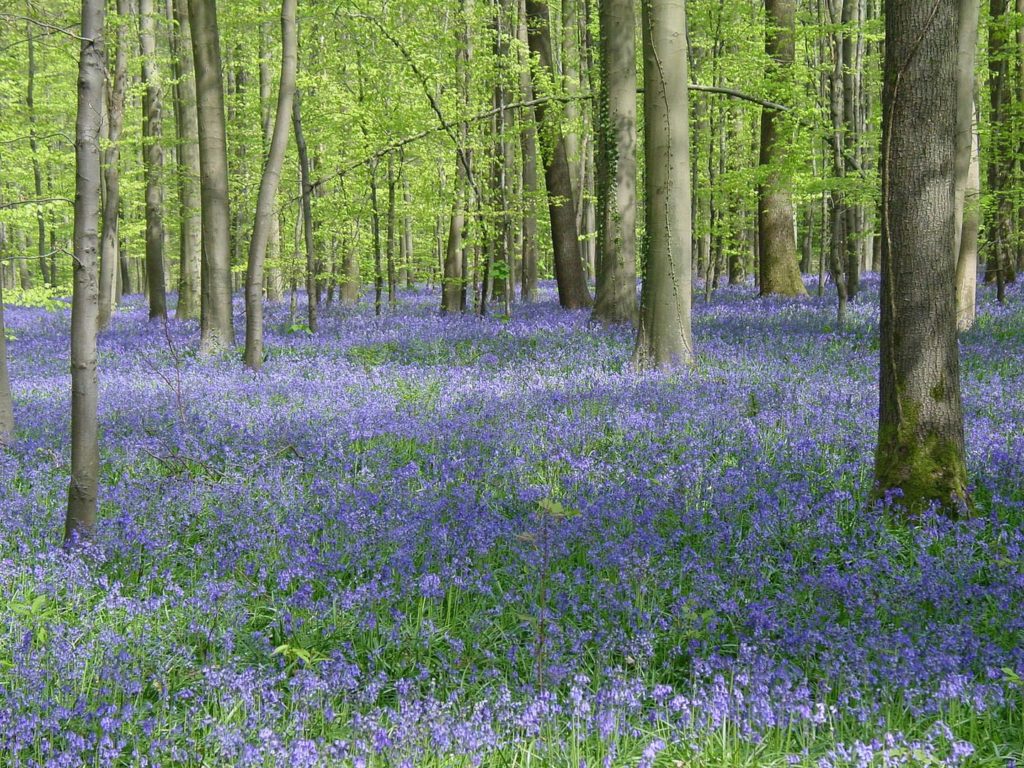The famed Hallerbos bluebell wood in the Flemish Brabant province is being granted the status of nature reserve, announced Flemish Environment Minister Zuhal Demir on Sunday.
In practice, not a lot is changing, as it concerns a technical adjustment to the management plan, which should provide the forest with better protection.
The Hallerbos is a 552-hectare wood on the outskirts of the municipality of Halle, which is famous for its extensive carpet of bluebells, which bloom in late April or early May.
"But even without them, with almost 600 hectares, it is by Flemish standards a large and very valuable forest," Demir said.
Het Hallerbos is één van de mooiste natuurdomeinen van Vlaanderen. We maken het bos niet alleen groter, maar erkennen het als volwaardig natuurreservaat om ze de bescherming te geven die ze verdient. @natuurenbos https://t.co/phG2dcI3H3 pic.twitter.com/Kladfg4mLW
— Zuhal Demir (@Zu_Demir) September 19, 2021
Every year, the event is a huge attraction, and the Flemish nature authority ANB lays on extra parking places, portable toilets and shuttle buses from Halle railway station for tourists coming to visit.
The recognition as a full nature reserve must now ensure the protection the forest deserves.
"As part of the Flemish Action Plan Ecological Defragmentation, together with the Minister of Mobility, I want to realise the construction of an eco-recreaduct across the Brussels Ring," Demir said.
"That eco-recreaduct bridge will connect the two halves of the Hallerbos," she added. "In the next three winters, we will connect the Hallerbos with the nearby nature reserves a little more each year through additional forest expansion."

